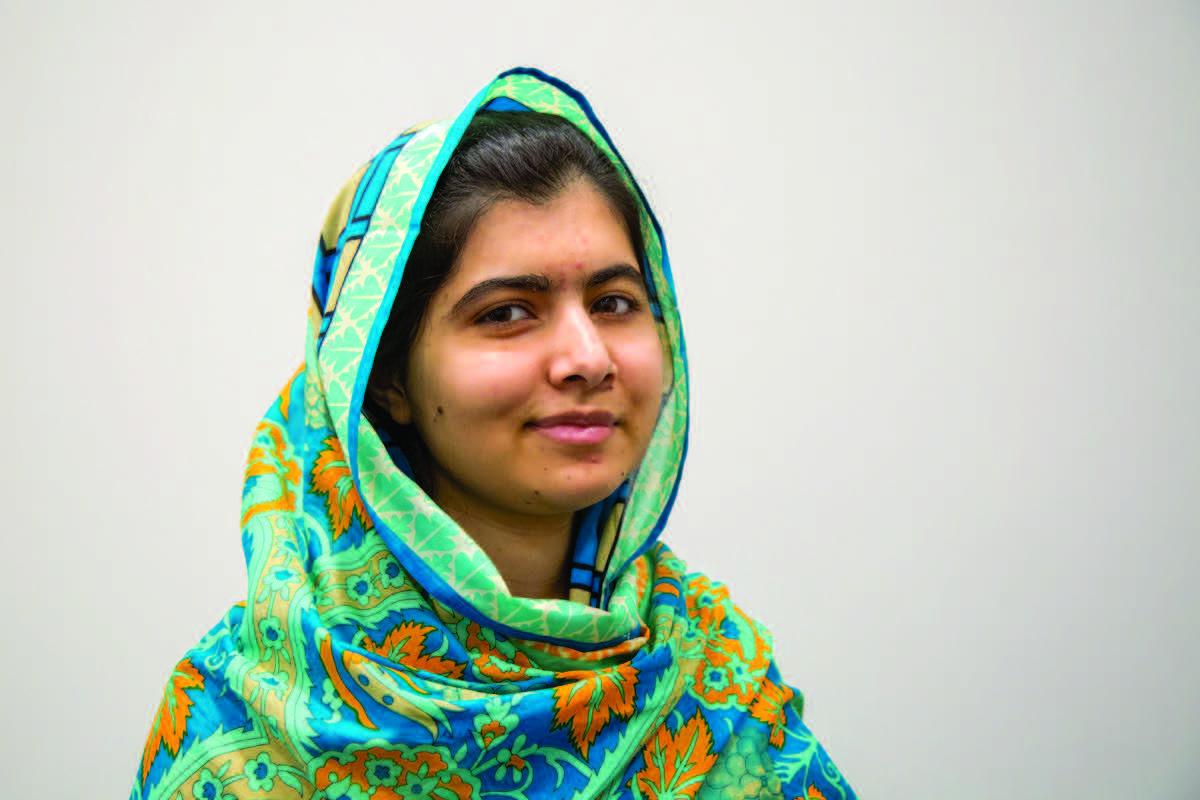
Malala Yousafzai was born in 1997 in Pakistan and grew up in the Swat Valley. For many years, Swat Valley was a very popular vacation spot for tourists. The lush valley, with its mountain vistas, is beautiful and idyllic. It is a perfect spot for a restful vacation and a safe place to raise young children.
Malala attended the nearby school that her father, Ziauddin, founded. Malala enjoyed exploring nature. She enjoyed learning at school. She enjoyed life. But things began to change rapidly in 2007 when the Taliban moved in and took control of the valley.
The Taliban is a Muslim terrorist organization. It is a militant group. That means it has an army that attacks and takes control of towns and cities. Members of the Taliban have extreme views on how people should live. They don’t let people listen to music. They don’t let people have celebrations of any kind. The Taliban doesn’t believe that women or girls are equal to men. In fact, they don’t believe women should get an education of any kind. Wherever the Taliban takes control, it forbids girls to attend school. It shuts down— and often destroys—girls’ schools.
Malala didn’t think this was fair. She believed that all children (both boys and girls) have the right to get an education and to go to school. In 2008, 11-year-old Malala gave a speech called, “How dare the Taliban take away my basic right to education?”
A year later, Malala began blogging for the BBC online, a British news network. She blogged about what it was like to live under the Taliban’s rule. Malala wrote her blog under the fake name Gul Makai because the Taliban is a very violent and merciless organization. If the Taliban found out who was writing the blog, Malala would’ve been in great danger. But later that year, the New York Times featured a short video about Malala’s fight to protect girls’ education in the Swat Valley. The video revealed that she was really the blogger “Gul Makai.” The Taliban swiftly named her one of its main targets.
By 2011, the Pakastani army forced the Taliban out of Swat Valley. Malala and other girls were able to return to school. Less than a year later, disaster happened.
In 2012, a masked gunman boarded Malala’s school bus and shot her in the head. Miraculously, Malala survived. She was treated in Pakistan and later moved to a hospital in England for further surgeries and treatments.
About six months later, Malala was well enough to return to school. But her story went viral. People all over the world were amazed by the little girl who stood up to the Taliban. Malala began to travel all over the world to meet world leaders, people in the media, and girls fighting for their own educations.
Malala became famous for her work in promoting and supporting girls in getting fighting for the right to get an education. People all over the world noticed the big impact that one little girl could make (she wasn’t so little anymore, but she was still pretty young). In 2014, when Malala was 17, she was awarded the Nobel Peace Prize— she was the youngest person ever to receive this award.
Malala didn’t stop there. She continues to fight for children’s rights and girls’ rights. She founded the Malala Fund, an organization that advocates for girls’ education worldwide. Malala traveled around the world listening to girls’ struggles and advising them on how to stand up for their rights—she called this the Girl Power Trip. She even opened a school for girls in Lebanon. In 2016, she launched a campaign to encourage people around the world to support education for girls. It’s called #YesAllGirls.
In 2017, 20-year-old Malala was accepted to Oxford University in England. Oxford is one of the world’s most prestigious universities. She plans to study subjects that will help her continue to make a difference and help improve the lives of girls all over the world.



 About BeeLine
About BeeLine